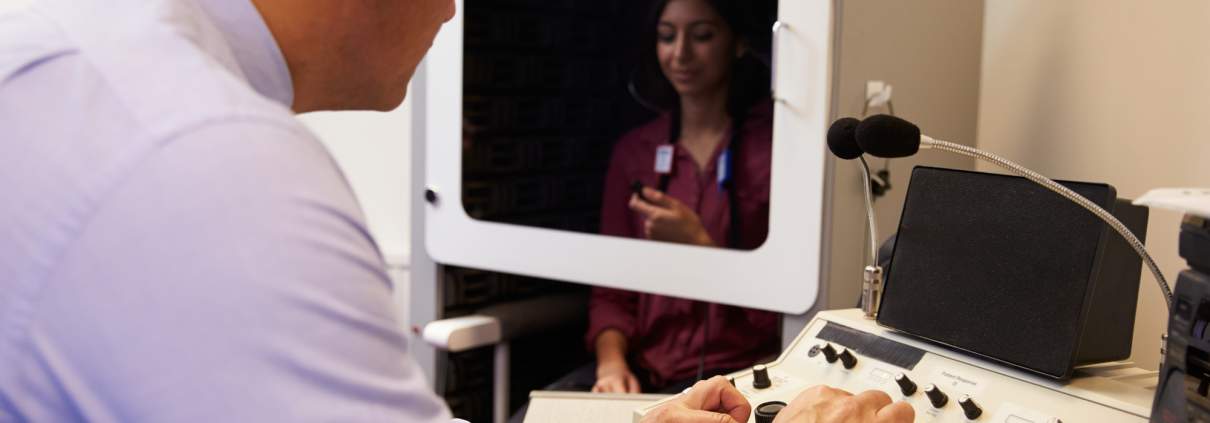History of Audiology
I don’t know about you, but I love finding out where things come from and how they originated — from an interesting word to the term “audiology”. In this article, I’ll share a brief history of this profession, how it got started, and how it’s changed over the years.
The Word “Audiology”
Just like today, sometimes it’s unclear who first used a word. We instead remember the first person who made it popular.
Raymond Carhart and Norton Canfield were the first to put the term in print in 1946 in an article published in the Journal of Speech Disorders named “Speech Clinic at the U.S. Naval Hospital, Philadelphia. It is the permanent Naval center for rehabilitation and for research in Speech and Audiology.”
What did they call it before? “Auricular training”, of course. I call that a good name change.
Raymond Carhart is considered the father of Audiology. He was a language and speech pathologist who was born in Mexico City, Mexico, before moving to the Northeastern United States.
A Profession Emerges
The term may not have been coined yet, but language and speech pathologists were already practicing Audiology in the 1940s. They noticed that thousands of soldiers returning from WWII had varying degrees of hearing loss.
They correctly assumed that the loud explosions of war caused it and started studying hearing loss in returning soldiers to learn more.
Hearing loss is the #1 disability in the US today. Back in the ’40s, before modern hearing aids were invented, they had it even worse. These brave soldiers not only had to deal with the trauma of war upon returning home. They had to try to live with hearing loss at home, work, and everywhere.
As a result, VA hospitals implemented programs to help rehabilitate and treat veterans for hearing loss.
Most noise-induced hearing loss is preventable. But unfortunately, it’s not reversible, as the doctors found out. But they did have some early versions of hearing aids to provide some relief.
Audiology Enters Civilian Culture
Over the next couple of decades, audiology went from being a military science to being available for everyone.
Doctors realized that ordinary people could also be exposed to very loud sounds at work, home, and in recreation. These could have the same effects.
During the 1950s-60s, audiology programs began to pop up in communities as centers for speech and hearing focused on aural rehabilitation or “ear rehab”.
Ear, Nose and Throat (ENT) Doctors’ clinics began hosting audiologists who performed hearing tests.
Audiology Branches Off
By the 1970s and 80s, audiology was taking on a life of its own. It was becoming clear that not all hearing loss patients are the same, so it divided into sub-specialties like:
- Pediatric audiology
- Educational audiology
- Industrial audiology
- Cochlear implants
- Assessment of balance function
Audiology of Today
Over the past 20 years, private audiology practice has been the fastest-growing employment sector in the US. The hearing aid market is also experiencing rapid growth as technology gets better, more personalized, and more connected to other devices like your smartphone, TV, sound systems, and more.
If you’re experiencing hearing loss, know that we have much better options than we did even ten years ago. Our understanding of audiology and hearing tech keeps getting better.I encourage you to get your hearing evaluation to find out how an audiologist like me can help you hear better. Call my team to schedule an appointment with me.



